
Budget-Friendly & Meaningful Gifts Teachers Can Give Students

A thoughtful gift from a teacher can spark joy, build confidence, and create lasting memories for students.
The best presents celebrate their unique personalities while encouraging growth and learning.
Personalized bookmarks with inspirational quotes motivate young readers, while seed packets symbolize their potential to grow.
Mini science kits or puzzle cubes keep curious minds engaged beyond the classroom.
For artistic students, colorful sketchpads or specialty markers fuel creativity. Small journals with prompts help writers express themselves, and kindness challenge cards promote positivity.
Dollar-store finds like silly putty or fidget toys make great stress relievers during tests. Handwritten notes with specific praise mean more than any store-bought item.
These affordable, meaningful gifts show students they’re seen and valued. Whether celebrating achievements, holidays, or just because, a teacher’s thoughtful gesture can leave an impression that lasts long after the school year ends.
Gift Ideas From Teacher to Students
Teachers often want to show appreciation to their students through small gifts that celebrate achievements, holidays, or the end of the school year.
The best gifts combine meaning with practicality while staying budget-friendly.
Thoughtful presents from teachers can boost student confidence, encourage positive behaviors, and create lasting memories of their school experience.
Here are 15 carefully selected gift ideas that teachers can give to students. Each suggestion includes detailed explanations to help educators choose presents that will truly resonate with their class.
1. Personalized Bookmarks
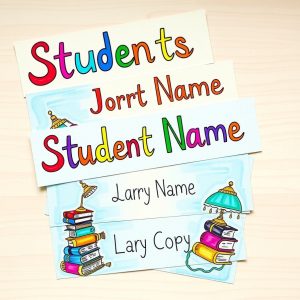
A custom bookmark with each student’s name makes reading more engaging and personal.
Why This Gift Works Well:
Reading becomes more exciting when students have their own special marker.
These bookmarks help young readers keep their place while showing them their teacher values their reading progress.
The personalization makes students feel recognized as individuals.
How to Create Them:
-
Use sturdy cardstock or laminate regular paper for durability
-
Let students decorate their own during a class activity
-
Include inspirational quotes about reading
-
Add ribbons or tassels for a special touch
Classroom Benefits:
-
Encourages independent reading habits
-
Helps students stay organized with multiple books
-
Creates excitement about library visits
2. Growth Mindset Bracelets
![]()
Stretchy bracelets imprinted with empowering words reinforce positive thinking.
The Psychology Behind This Gift:
Simple reminders can shape young minds. Wearing words like “Persistent” or “Capable” helps internalize these qualities.
Students facing challenges can look at their wrist and remember their abilities.
Most Effective Word Choices:
-
“Resilient” for students who overcome difficulties
-
“Curious” for those who ask great questions
-
“Leader” for natural helpers in class
Implementation Tips:
-
Discuss the bracelet’s meaning when presenting it
-
Have students share what their word means to them
-
Suggest wearing during tests for confidence
3. Mini Notebooks
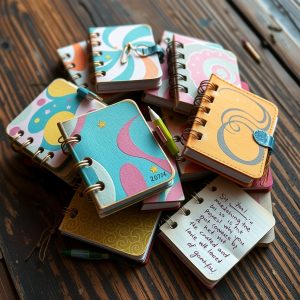
Small journals give students space for creativity and self-expression.
Educational Value:
These compact notebooks serve multiple purposes in a child’s academic life. Students can use them for:
-
Recording science observations
-
Practicing spelling words
-
Writing daily reflections
-
Sketching ideas during free time
Making It Special:
-
Write a personal note on the first page
-
Include writing prompts for inspiration
-
Add colorful tabs to mark sections
Teacher Testimonial:
“My students carried these everywhere. Some wrote stories, others made comic books. The blank pages became whatever they needed.”
4. Pencil Toppers
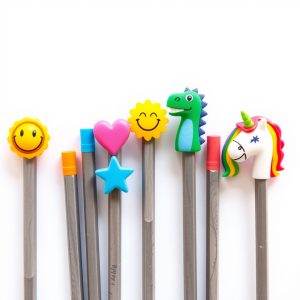
Fun erasers and small toys that attach to writing tools bring joy to schoolwork.
Why Students Love These:
Ordinary pencils become special with these playful additions. The toppers:
-
Make writing time more enjoyable
-
Help identify each student’s pencils
-
Serve as small rewards for good work
Most Popular Varieties:
-
Animal characters (owls, dinosaurs)
-
Seasonal shapes (snowflakes, pumpkins)
-
Career-themed (tiny doctor, astronaut)
Classroom Management Bonus:
Fewer pencil disputes when each has unique toppers
5. Seed Packets
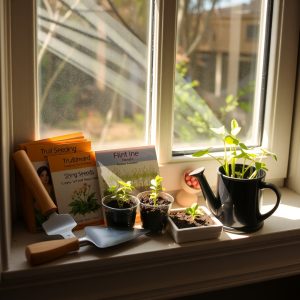
Small envelopes of seeds teach responsibility through hands-on learning.
Science Connection:
This gift extends learning beyond the classroom by:
-
Demonstrating plant life cycles
-
Teaching care and responsibility
-
Connecting to environmental studies
Best Starter Plants:
-
Fast-growing radishes (quick results)
-
Bright marigolds (colorful reward)
-
Cherry tomatoes (edible payoff)
Extension Activities:
-
Have students journal plant growth
-
Create a class garden chart
-
Host a harvest celebration
6. Compliment Cards
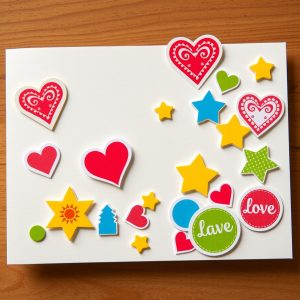
Pre-written notes highlighting strengths.
Powerful Messages:
-
“You ask great questions”
-
“Your effort inspires others”
-
“The class brightens when you participate”
Delivery Ideas:
-
Mail to homes
-
Attach to graded work
-
Surprise desk notes
Psychological Impact:
-
Boosts self-esteem
-
Strengthens relationships
-
Encourages positive behaviors
7. Grammar Police Badges

Playful badges rewarding proper language use.
Skill Development:
-
Reinforces grammar rules
-
Makes editing fun
-
Encourages peer teaching
Badge Types:
-
“Punctuation Pro”
-
“Capitalization Captain”
-
“Verb Virtuoso”
Classroom Uses:
-
Rotate weekly grammar officers
-
Special privileges during writing time
-
Recognition at parent conferences
Construction Tips:
-
Durable cardstock
-
Pin-back or clip-on options
-
Laminated for reuse
8. Customized Name Puzzles
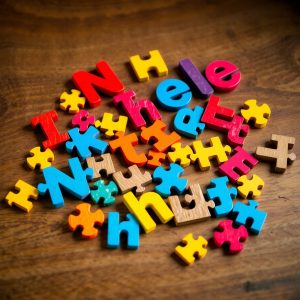
Wooden or cardboard puzzles spelling each student’s name make learning fun.
Educational Benefits:
-
Reinforces letter recognition
-
Develops fine motor skills
-
Helps with name memorization
How to Personalize:
-
Use different colors for vowels/consonants
-
Add small pictures of student interests
-
Include last name for older students
Activity Ideas:
-
Race to assemble puzzles
-
Use pieces for spelling games
-
Take home for family practice
9. Story Dice
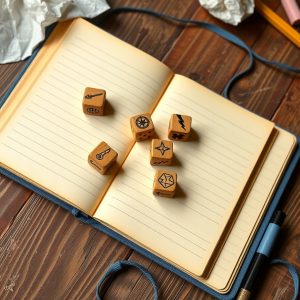
Cubes with pictures that inspire creative writing.
How They Work:
-
Roll 3-5 dice
-
Create stories using the images
-
Develops imagination
Classroom Uses:
-
Writing center activity
-
Oral storytelling practice
-
Group collaboration
Customization Ideas:
-
Theme dice (animals, occupations)
-
Blank dice to draw on
-
Different difficulty levels
10. Language Learning Posters
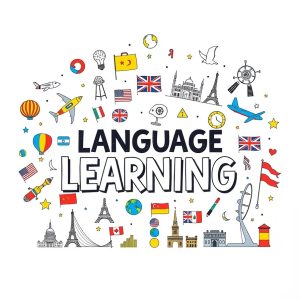
Illustrated references for ESL students.
Helpful Content:
-
Common phrases
-
Verb conjugations
-
Picture dictionaries
Classroom Uses:
-
Wall displays
-
Binder inserts
-
Take-home practice
Design Tips:
-
Color-coded sections
-
Large readable fonts
-
Cultural references
FAQs
1. What is a good small gift for students?
Personalized pencils, bookmarks, stickers, or fun erasers make great small gifts.
2. How can teachers give gifts without spending too much money?
Handwritten notes, classroom coupons, and DIY craft kits are affordable options.
3. Can gifts help students stay motivated?
Yes, small gifts show encouragement and appreciation. They motivate students to keep working hard.
4. Are snacks a good gift for students?
Yes, healthy snacks can be thoughtful gifts. Make sure they fit students’ dietary needs.
5. How often should teachers give gifts to students?
Gifts can be given on holidays, birthdays, or after big achievements. Small rewards throughout the year also work well.
Final Thoughts
Thoughtful gifts from teachers carry significance far beyond their material value. These small tokens recognize student efforts, reinforce positive behaviors, and create cherished school memories.
The most impactful presents combine practicality with personal meaning – whether it’s a bookmark encouraging reading or seeds representing growth.
Teachers should consider their students’ ages, interests, and classroom culture when selecting gifts. Even modest presents become special when given with genuine care and specific intention.
The time invested in choosing appropriate gifts demonstrates to students that their teacher sees and values them as individuals.
Ultimately, these gifts serve as physical reminders of the teacher-student relationship and the important lessons learned together.
Years later, former students may rediscover these items and remember the teacher who believed in them. That lasting connection makes the effort truly worthwhile.
